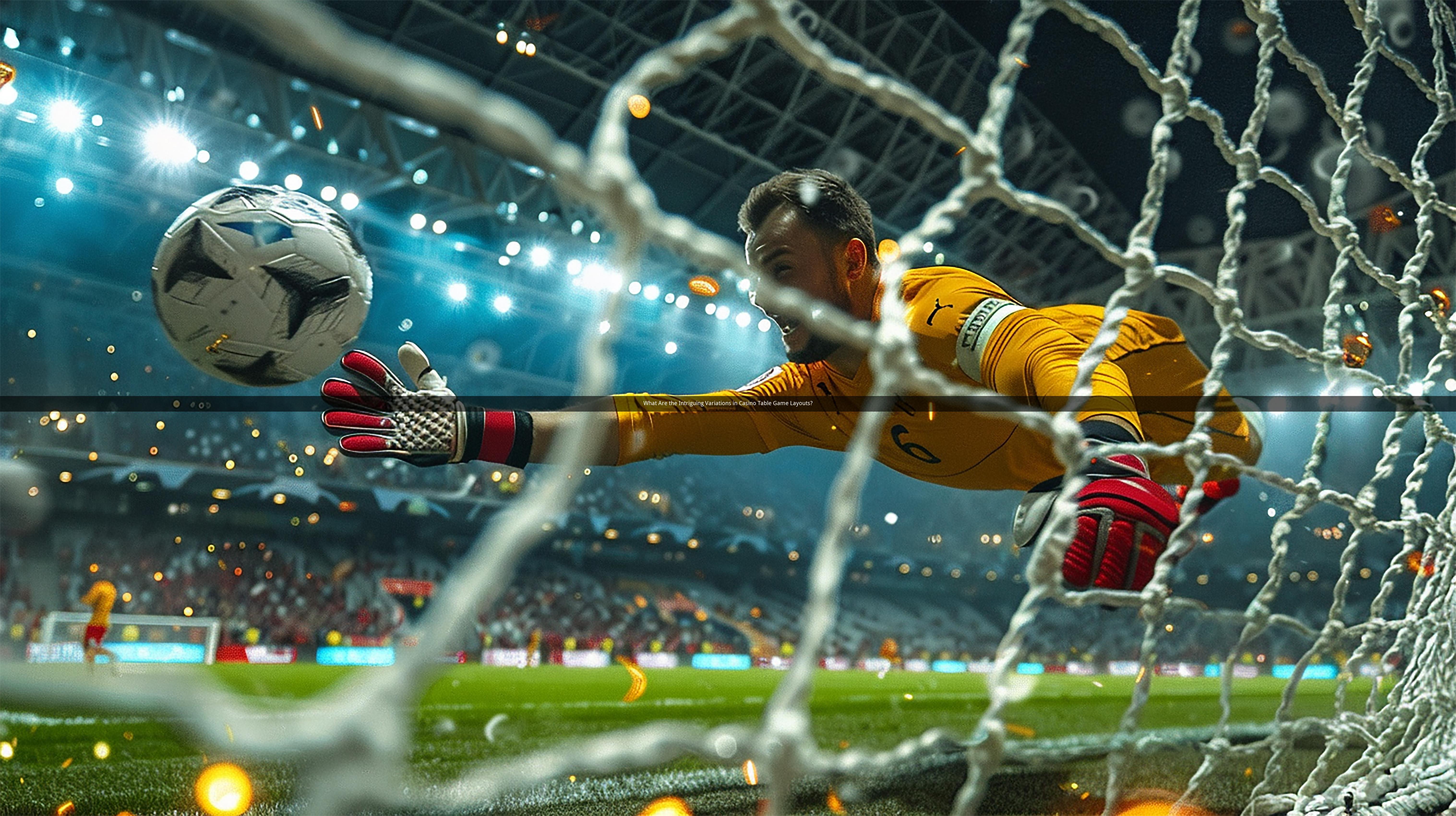
I. Introduction to Casino Table Game Layouts
In the world of casinos, where luck meets strategy, the layout of table games plays a pivotal role in shaping the player's experience. But have you ever wondered about the fascinating ways in which these layouts can change the very essence of the games they host? This article delves into the intricate designs of casino table game layouts that transform the way games are played, offering a unique blend of aesthetics and functionality.
II. The Evolution of Table Game Layouts
2.1 The Traditional Layout
The traditional layout of a casino table game, such as blackjack or poker, is often a rectangle or oval table, with players seated around it. However, this layout has evolved over time, adapting to the changing needs of players and casinos alike.
2.2 The Modern Twist
Today, we see a variety of layouts that not only serve the practical purpose of facilitating gameplay but also enhance the visual appeal of the casino. From round tables to multi-level setups, the evolution of table game layouts reflects the dynamic nature of the gambling industry.
III. The Impact of Layout on Gameplay
3.1 The Blackjack Table
Consider the classic blackjack table. The layout, with a dealer on one end and players on the other, creates a distinct atmosphere. But what if the layout were to change? Imagine a circular table, where players face each other, fostering a more competitive environment. The layout directly influences the dynamics of the game, from the speed of play to the level of interaction among players.
3.2 The Poker Table
In poker, the layout is equally crucial. The traditional "ring" table, with its "button" position indicating the dealer, is well-known. However, a change in layout, such as a semi-circular table, can alter the flow of the game, making it easier for players to read their opponents or for the dealer to manage the pot.
IV. Aesthetics and Functionality
4.1 The Art of Design
The aesthetic appeal of a table game layout cannot be underestimated. A well-designed layout can enhance the overall experience, making the game more enjoyable and visually stimulating. Consider the iconic layout of the roulette table, with its numbered pockets and vibrant colors, which adds to the excitement of the game.
4.2 The Functional Aspect
Beyond aesthetics, the functionality of a layout is paramount. For example, a craps table with a well-thought-out layout ensures that the dice rolls are visible to all players, while also providing ample space for bets.
V. Case Studies: Unique Layouts in Action
5.1 The Multi-Level Blackjack Table
In one of the most innovative layouts, a multi-level blackjack table allows for a greater number of players to engage in the game simultaneously. The design features a lower level for players who prefer to sit and a higher level for those who wish to stand, creating a dynamic and inclusive environment.
5.2 The Interactive Poker Table
An interactive poker table, equipped with touchscreens and digital displays, brings a new dimension to the game. Players can view their hands and make bets through a simple touch, while the layout also allows for the integration of various game variations, enhancing the overall experience.
VI. The Future of Casino Table Game Layouts
6.1 Technology Integration
The future of casino table game layouts lies in the integration of technology. With advancements in virtual reality and augmented reality, we could see table games that change layouts dynamically, offering players an immersive and personalized experience.
6.2 Customization for Diverse Preferences
As the gambling industry continues to evolve, so too will the layouts of table games. The future may see layouts that are customizable according to the preferences of individual players, ensuring that everyone has a unique and enjoyable experience.
VII. Conclusion
The world of casino table game layouts is a testament to the creativity and ingenuity of the gambling industry. From the traditional to the innovative, these layouts not only enhance the gameplay but also contribute to the overall ambiance of the casino. As we look to the future, the possibilities for these layouts seem limitless, promising an exciting journey ahead for both players and operators.
Interactive Questions and Answers
Q1: How does the layout of a blackjack table influence the speed of play?
A1: The layout of a blackjack table, particularly the shape and the number of seats, can significantly impact the speed of play. A circular table with fewer seats can encourage a faster pace compared to a traditional rectangular table with more seats, as players take turns more quickly.
Q2: Can a change in the poker table layout affect the reading of opponents?
A2: Absolutely. A change in the layout, such as a semi-circular table, can make it easier for players to observe their opponents' body language and betting patterns. This increased visibility can be a strategic advantage in the game.
Q3: What are some common features of a well-designed roulette table layout?
A3: A well-designed roulette table layout typically features clear, easy-to-read numbering, vibrant colors to differentiate between pockets, and ample space for bets. The layout should also ensure that the dealer can manage the game smoothly and that all players have a clear view of the wheel.
Q4: How might technology integration in table game layouts change the future of gambling?
A4: Technology integration in table game layouts could revolutionize the gambling experience. With features like virtual reality and augmented reality, players might enjoy more immersive and interactive games, potentially leading to new game variations and a more personalized gaming experience.
Q5: What are some considerations when designing a multi-level casino table game layout?
A5: When designing a multi-level table game layout, considerations include ensuring safety for players at different levels, providing clear sightlines for all players, and ensuring that the layout can accommodate a variety of game variations. Accessibility and comfort are also key factors in the design process.